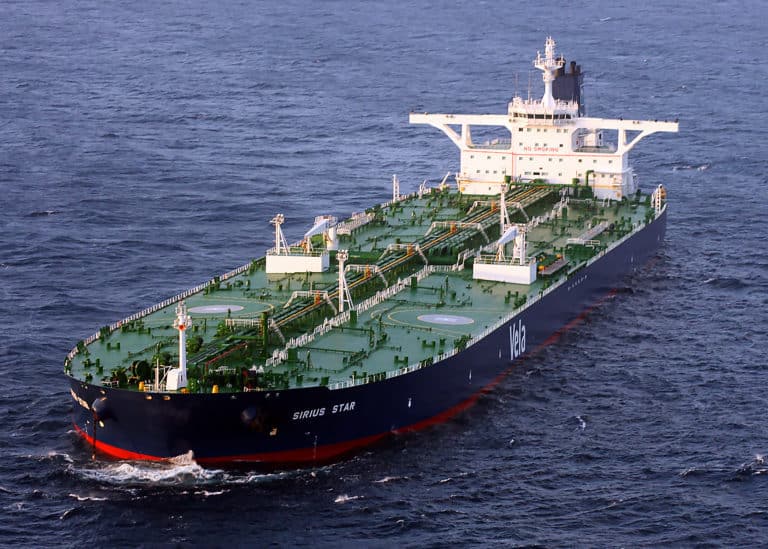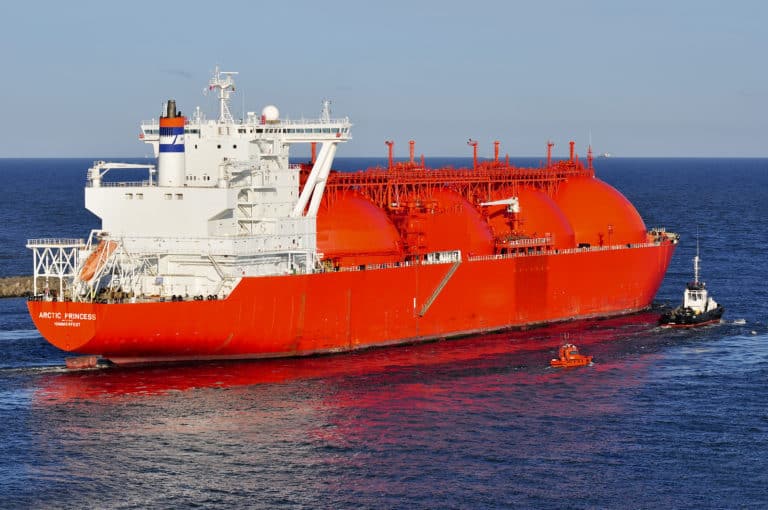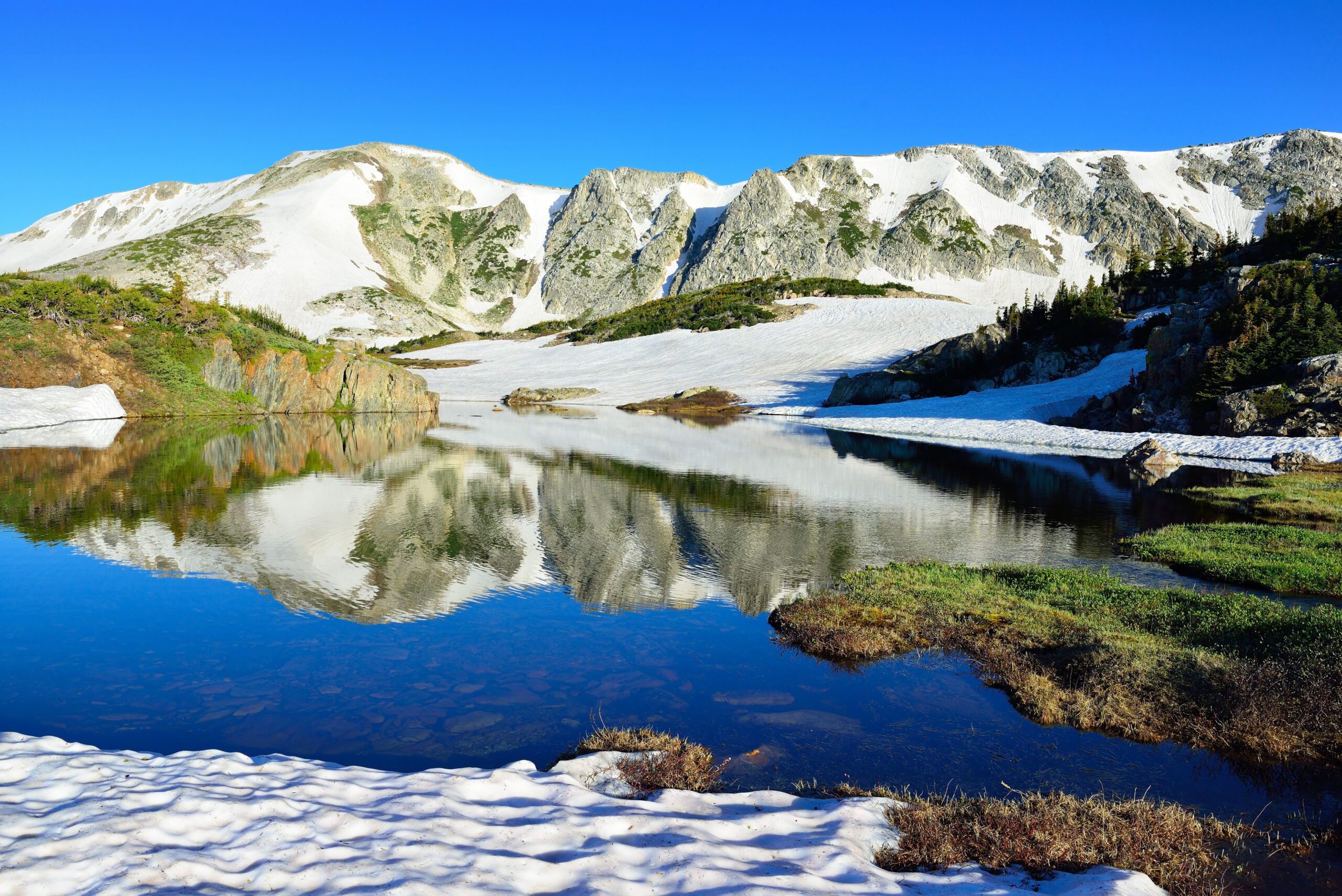Water for Transportation

Water is used to transport energy to market in a variety of ways. For example, barges are used extensively along inland waterways for shipping coal, crude oil, and refined petroleum products. Therefore, extended droughts that lower the water levels of the Mississippi River or Yangtze River, for example, endanger the supply for power plants that receive their coal by barge.
The world’s fuels also move by ocean. In 2014, approximately 2,800 million tonnes (57 million barrels per day) of oil crossed national borders of which 1,900 million tonnes (38 million barrels) was crude oil and the remainder was refined products. 1British Petroleum, BP Statistical Review of World Energy, updated annually, link; and the U.S. Energy Information Administration, various reports and datasets, hlink.Ocean supertankers ship a significant fraction of traded petroleum, and pipelines move the rest. Each supertanker can hold up to 2 million barrels of oil. Moving oil by ship exposes the oceans to water quality risks from spills that can occur when ships run aground or fall under attack. Because the petroleum is liquid, it disperses quickly, spreading across large areas.

Specialized ships with spherical containers move liquid natural gas (LNG) across the oceans. Before operators load the fuel onto the ship, multi-billion-dollar, energy-intensive liquefaction facilities cool the natural gas to below −162°C (–260°F), liquefying it for export as liquids are denser than gases. On the other end of the trip, ships arrive at multi-billion-dollar gasification facilities designed for import. Along the way to its destination, some of the liquefied cargo boils off, powering the ships.

Once the LNG arrives at its destination, a facility might use ocean water as a source of heat for boiling LNG to a gaseous form. For example, a facility on the Adriatic Sea uses heat from the sea to boil natural gas from Qatar. While thermoelectric power plants in the United States return warmer water to the environment, LNG gasification facilities return cooler water. That means thermal pollution can be either the result of heating or cooling the water beyond its natural conditions.
In addition to ships and barges, coal can also move by pipeline. 2“How it Works: Water for Coal,” Union of Concerned Scientists, accessed August 29, 2016, link. By adding water, distributors produce coal slurries that are fluid enough to transport by pipe. This approach mixes finely ground coal with significant volumes of water. All of these transport modes use water, which means water is at risk from contamination or quality degradation from spills and accidents. As noted earlier, transport mechanisms are also vulnerable to drought- and flood-related interruptions.
Image Credits: William S. Stevens/U.S. Navy; Vytautas Kielaitis/Shutterstock.com.


